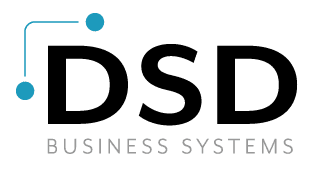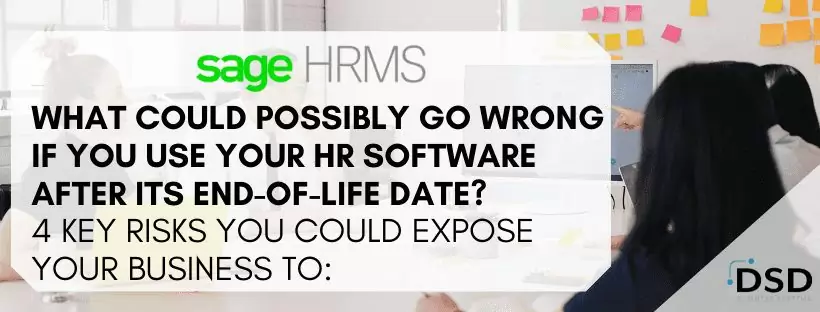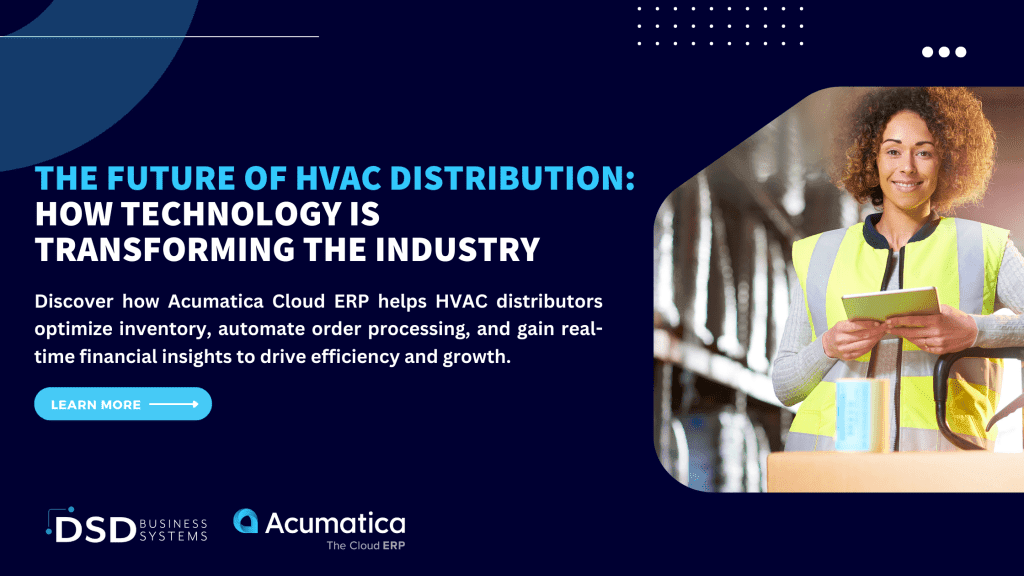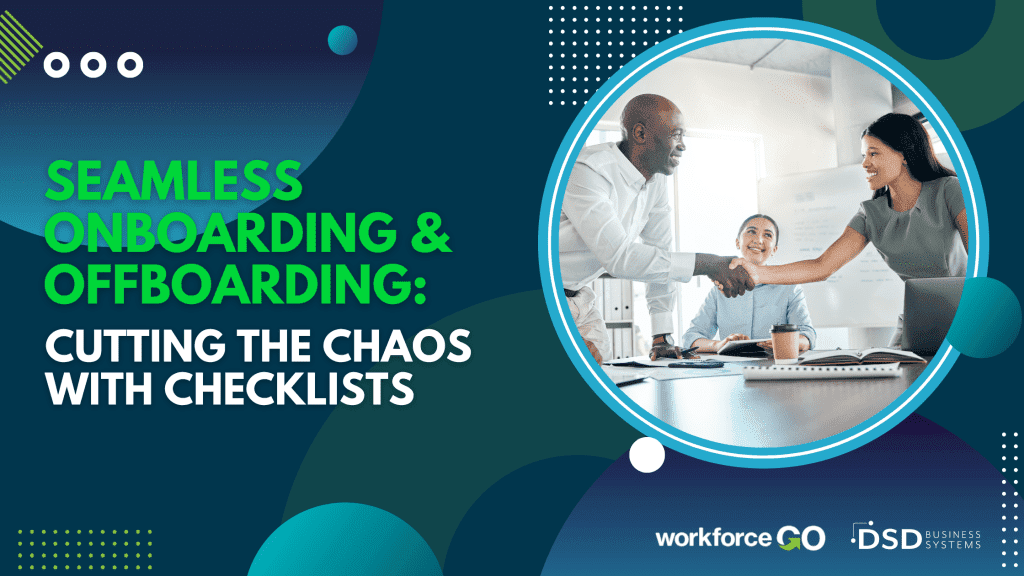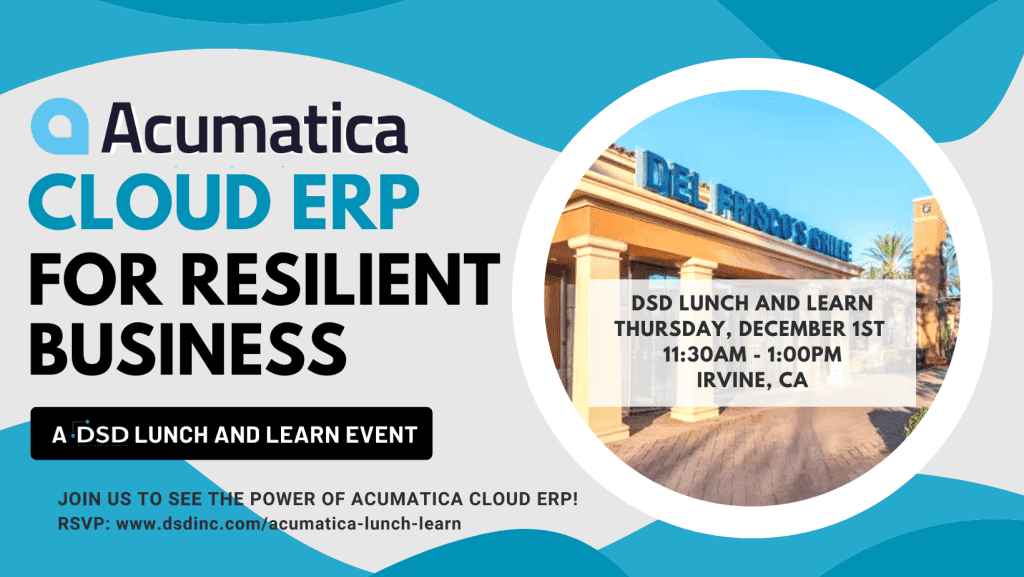What could possibly go wrong if you use your HR software after its end-of-life date? See the four key risks that you could expose your business to:
March 23, 2020
When you hear or get notification that your software is nearing End of Life (EOL), it’s a bit disconcerting. It may be time to consider a new software solution and here is why:
What does end of life mean for a product?
Any product that you can purchase has a life cycle, and therefore a finite life. Software end of life occurs when a software vendor stops providing support services for the software solution. This includes critical security and compliance updates, fixes for known defects, and technical support for users.
And it’s not only critical support services that cease at end of life – it also means an end to any future enhancements to the software. Once your software’s end-of-life date is reached, the features and usability you have will remain frozen in time.
For business owners with HR software nearing end of life, it begs the question – if your software is working fine, why should you care that it is approaching end of life?
Here are 4 reasons why using software after its end of life date can expose your business to risks:
1. Security vulnerabilities
Presence of hackers and malware are increasingly evolving and exploring ways to breach software security. Without security updates from your vendor, vulnerabilities found by hackers can never be fixed.
Your HR software and the sensitive information housed within it are defenseless, leaving you open to data breaches that could potentially cripple your business.
2. Compliance issues
Many businesses rely on the built-in compliance their HR software offers. When business and tax regulations change, end-of-life software is no longer updated to ensure compliance. Continuing to use the end-of-life software means you risk non-compliance, which could be disastrous for your business.
3. Problems with your software
As your vendor no longer provides software maintenance and bug fixes, you will likely encounter problems with key HR functionality your business relies on.
This could result in delays to business as usual processes and lost time attempting to fix problems. There will also be no technical support to rely on when problems arise.
4. Higher operating costs
Without critical vendor updates, you will likely need to hire IT specialists with the expertise to resolve bugs and apply security fixes, which often comes at a significant cost.
